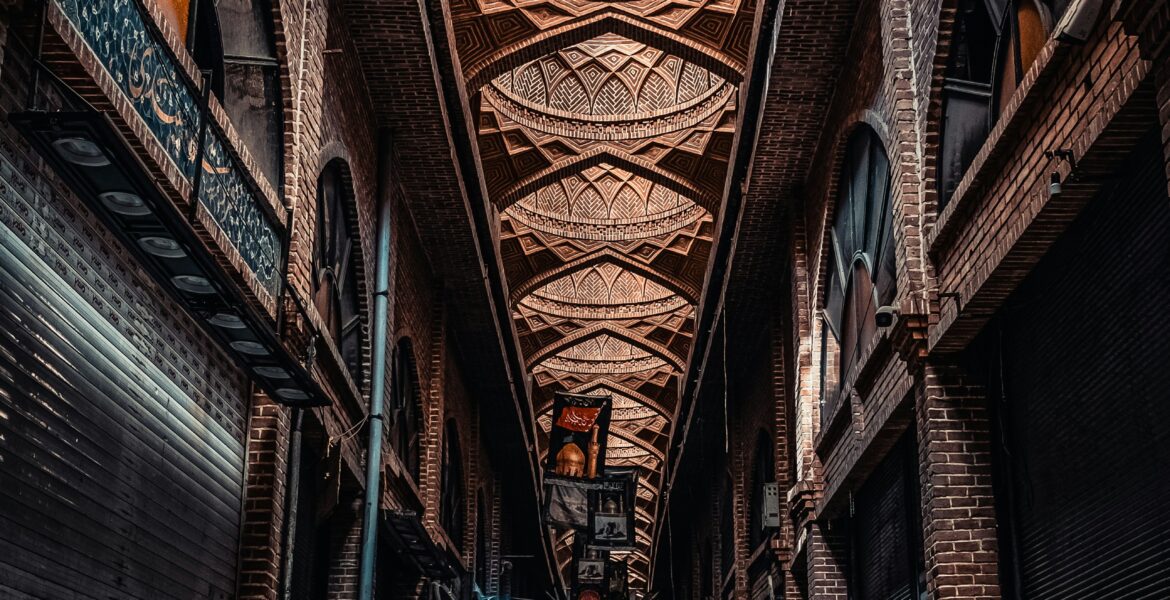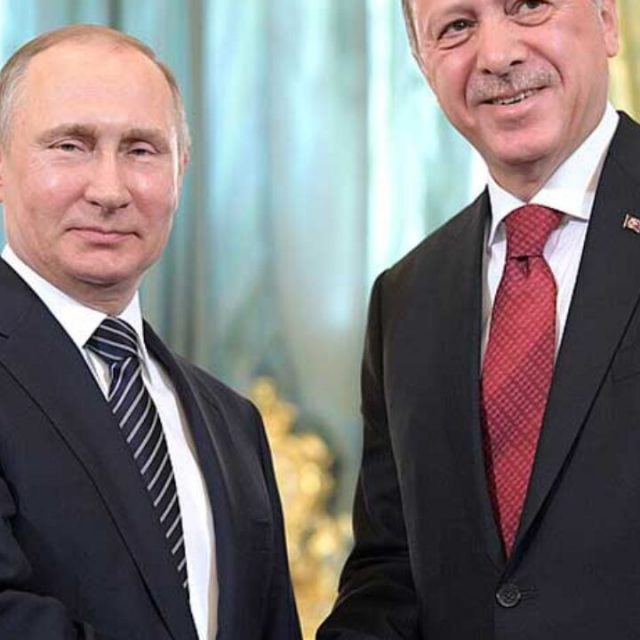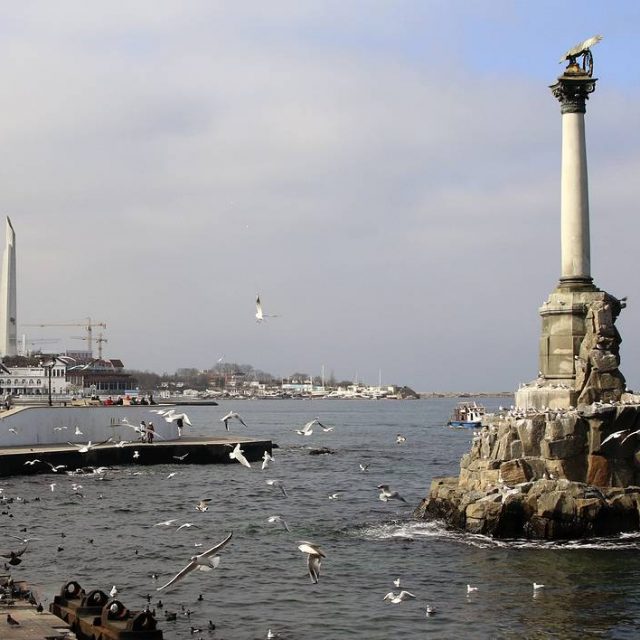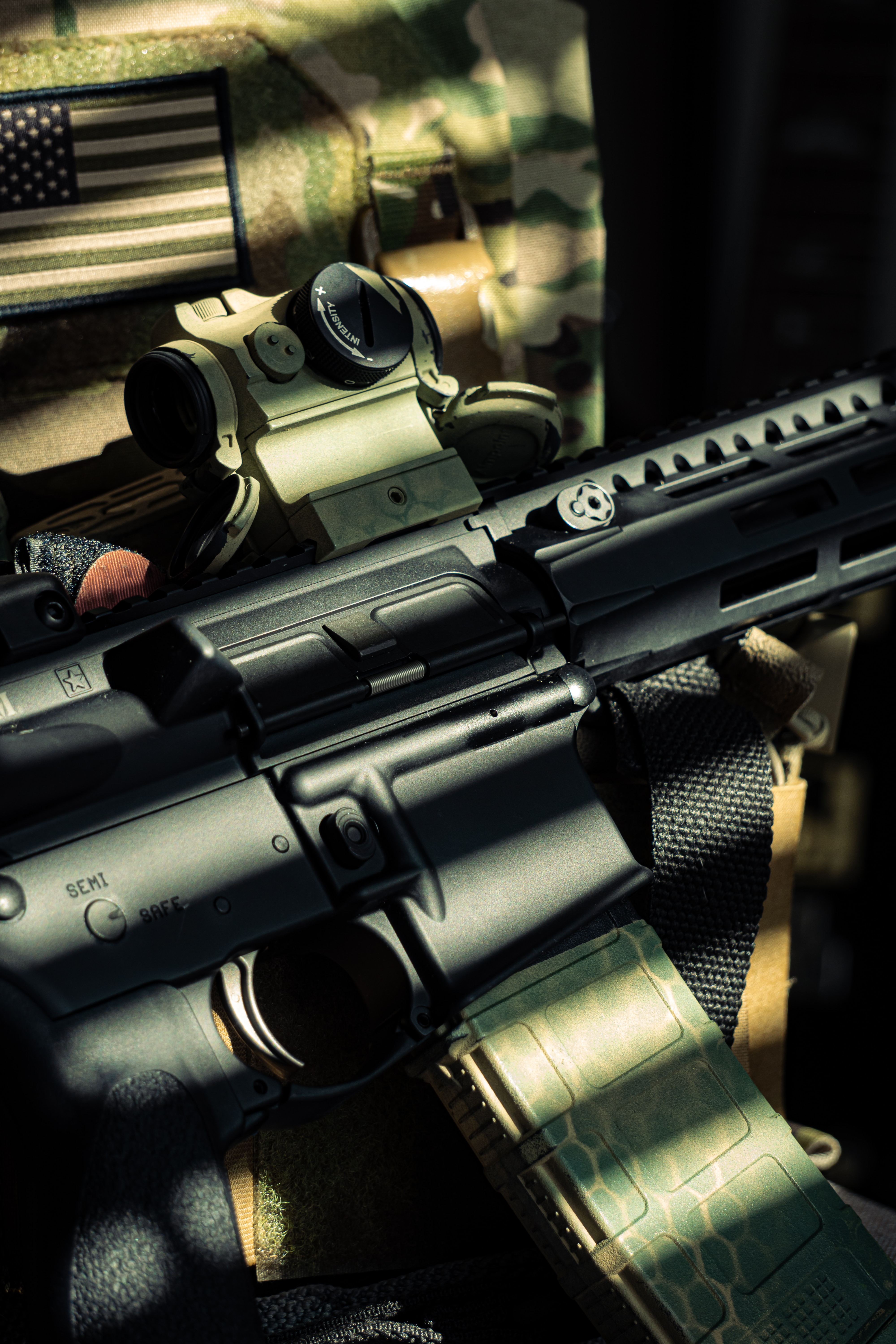Photo by Omid Armin on Unsplash
On Sunday 19 May 2024, Ebrahim Raisi, the president of the Iranian regime, and 8 others were killed in a helicopter crash in north-west Iran.
Commenting on his death in an open letter, Firouz Mahvi a member of the Iranian opposition in Belgium said, “While the president is a functionary in Iran, with Supreme Leader Ali Khamenei retaining ultimate authority, the loss of Raisi is a significant blow to Khamenei and a potentially destabilising factor for the regime. Raisi’s death comes at a time when the Iranian regime is already facing numerous internal and external crises, adding to its vulnerability.”
Maryam Rajavi, President-elect of the National Council of Resistance of Iran (NCRI), said, “Ebrahim Raisi’s death is a monumental, strategic blow to Khamenei and will trigger a series of repercussions, crises within the theocratic tyranny that will spur the rebellious youth into action.” Mrs Rajavi added, “The curse of mothers and those seeking justice for the executed, along with the damnation of the Iranian people and history, is the legacy of Ebrahim Raisi, the notorious perpetrator of the 1988 massacre of political prisoners.”
Mahvi went on to say, “Khamenei’s decision to promote Raisi to the presidency was driven by Raisi’s unwavering loyalty and his notorious past, including his role in the 1988 massacre of some 30,000 political prisoners. This massacre, ordered by the then Supreme Leader Ruhollah Khomeini, called for the execution of all prisoners loyal to the People’s Mojahedin Organisation of Iran (PMOI/MEK). Raisi’s involvement in such a brutal episode made him a reviled figure within Iran.”
“Khamenei’s calculated risk in elevating Raisi, despite his notorious record, was to create a monolithic power structure that could withstand both internal and external pressures. Raisi was seen as the ideal candidate to purge dissent and ensure absolute obedience to Khamenei’s vision. In planning Raisi’s ascent to the presidency, Khamenei appointed Raisi as head of the judiciary, bringing that body under his own control. He also gradually purged all possible rivals, including some regime stalwarts in his own faction. Raisi was very helpful to Khamenei in achieving both goals, so his absence creates major problems for Khamenei.”
“The immediate consequence of this incident is a profound deepening of the regime’s existing crises. Internally, Iran faces significant social and economic challenges and widespread popular discontent. The regime’s fear that this helicopter crash could become a catalyst for renewed unrest reminiscent of the widespread protests of recent years is palpable.”
“Raisi’s historical infamy, particularly his role in the 1988 massacre, adds another layer of complexity to the regime’s predicament. His death does not erase the past, but rather brings it into sharper focus. The Iranian people, many of whom have suffered under the regime’s repressive policies, will be reminded of the brutal measures used to maintain control. This shared memory could fuel a collective desire for justice and accountability for other regime leaders, including Khamenei, further destabilising the regime.”
In short, Mahvi concluded, “Ebrahim Raisi’s death is a significant blow to the Iranian regime, exacerbating its internal and external crises. Khamenei’s strategy of consolidating power through loyal and ruthless functionaries has been disrupted, leaving the regime much weaker and more vulnerable.”
Charles Michel, the European Council President, wrote on X (formally Twitter) that “the EU expresses its sincere condolences for the death of President Raisi and Foreign Minister Abdollahian, as well as other members of their delegation and crew in a helicopter accident. Our thoughts go to the families.”




